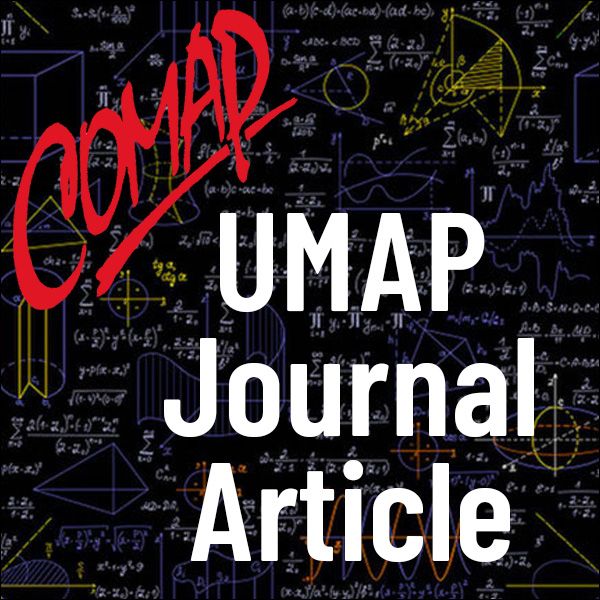The Binomial Option Pricing Model
Author: Jeffrey Graham and Nivine Richie
Abstract
We present a review of the binomial option pricing model introduced by Cox et al. [1979]. The material is suitable for an upper-level undergraduate course in finance, mathematical finance, or mathematics. and can be covered in two to three hours of classroom time. By the end of this unit, students should be able to
• build a multi-period binomial option pricing model to estimate the value of a call option, using Microsoft Excel or work-alike spreadsheet; and
• compare the model price of the call option with the actual price using "realworld" financial markets data.
Introduction
Since the "oracle of Omaha," Warren Buffett, named them "financial weapons of mass destruction," derivative contracts have been blamed for everythingfromhuge corporate losses tomunicipalbankruptciesand(more recently) for the global financial crisis. Derivatives are so-named because they are financial contracts that derive their value from some underlying asset. These contracts can be broadly grouped into two categories: (1) contingent claims and (2) forward obligations.
We focus on contingent claims contracts, namely, put and call options and themodels by which they are priced. Though the Black-Scholes [1973] model in continuous time is the Nobel Prize-winning formula to value options, wepresent a review of the more flexible and perhaps more intuitive binomial option pricing model introduced by Cox et al. [1979].

Mathematics Topics:
Application Areas:
You must have a Full Membership to download this resource.
If you're already a member, login here.